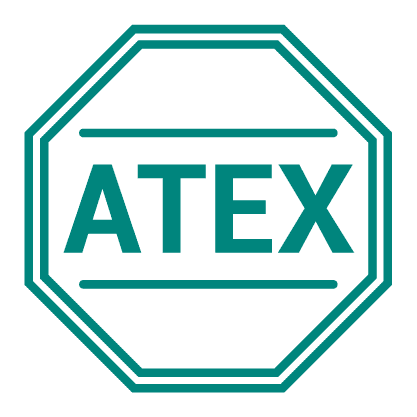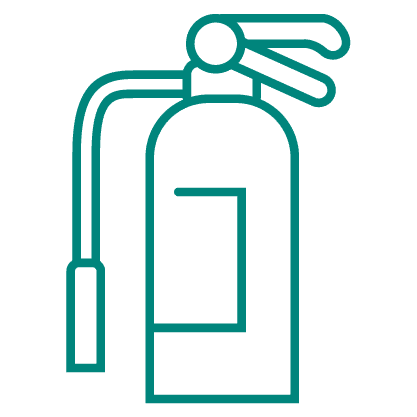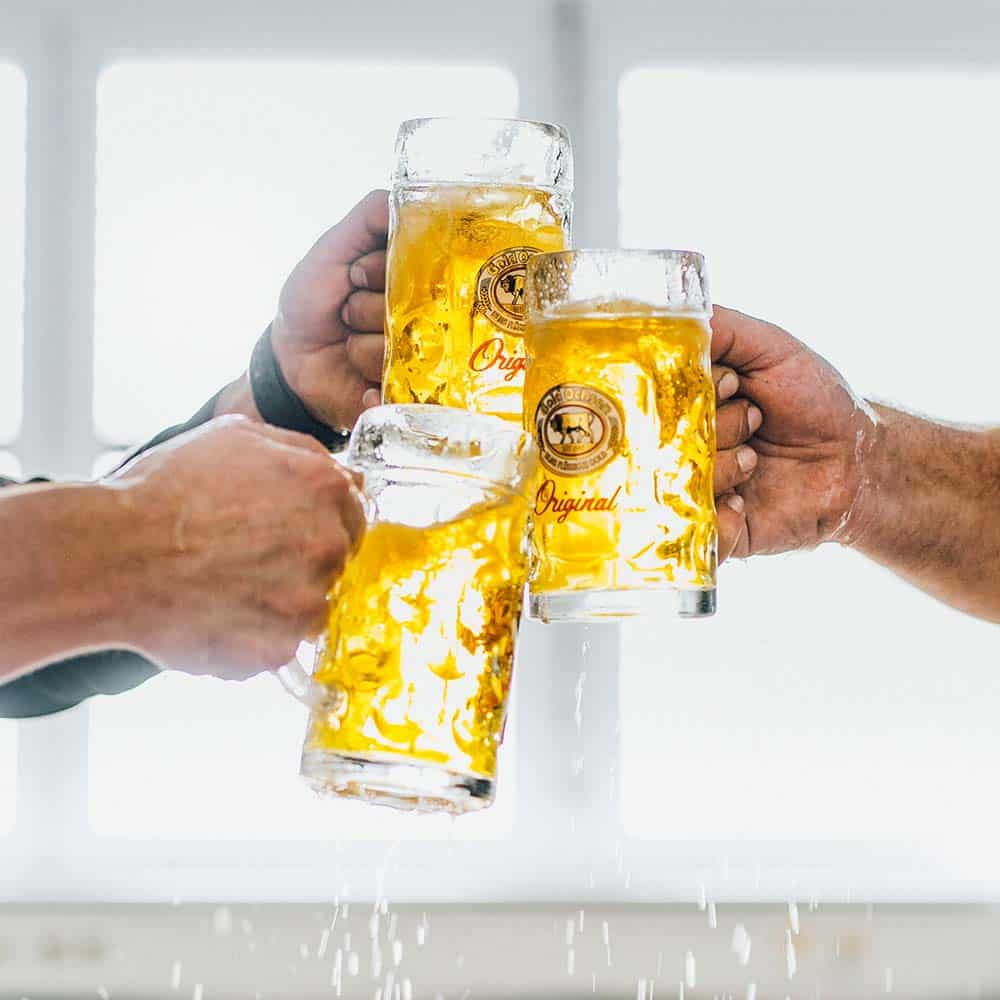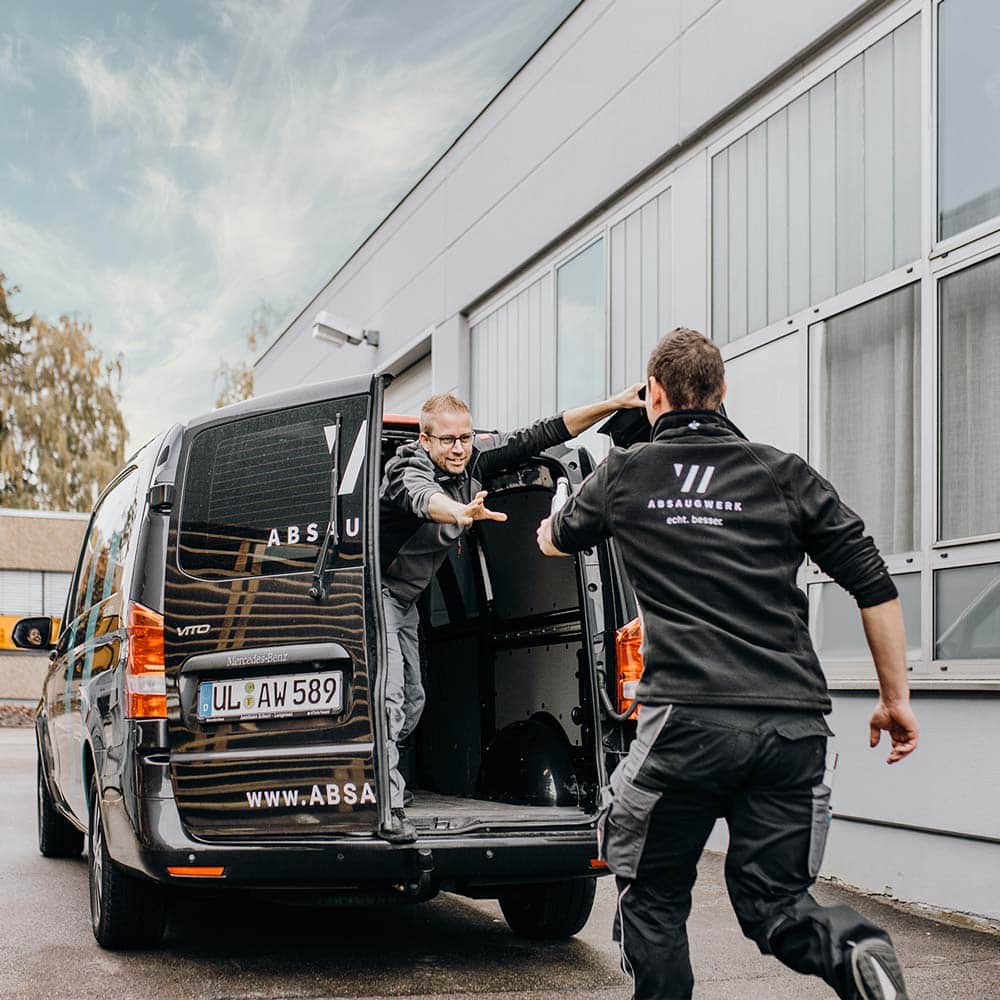Wet separator
B SERIESWet separator
B SERIESWhat is a wet separator?
In industrial extraction technology, a wet separator is a filter system that uses water as a filter medium to remove dust and chips from the hall air. The units are particularly suitable for processes with flying sparks and for filtering combustible/explosive dusts (ATEX). There are various techniques for capturing these emissions, each with its own advantages and disadvantages. ABSAUGWERK’s separation technology is patented and particularly energy-saving, despite higher suction power than conventional wet scrubbers, gas scrubbers or vortex scrubbers.
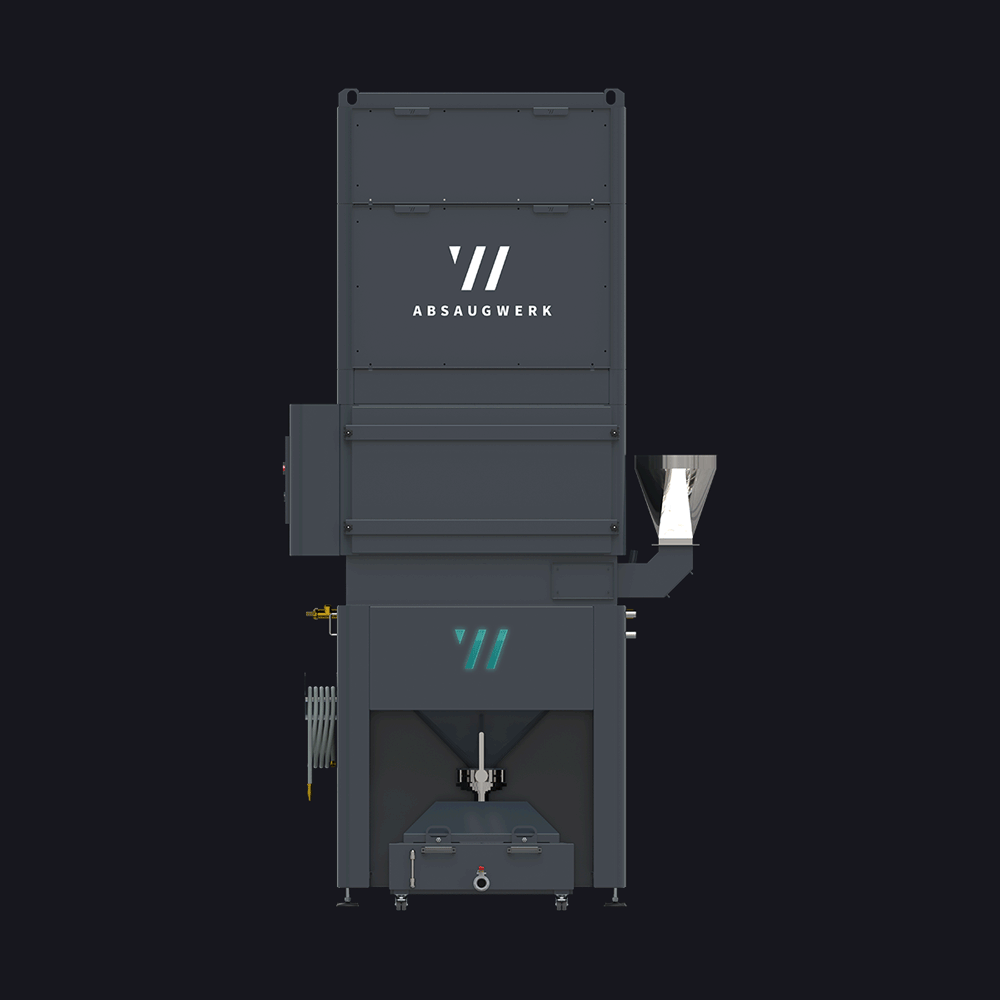
Wet separator for flammable
and explosive dusts
-
Very high extraction power
-
Low water and power consumption
-
Patented flow technology
-
Individual configuration and special solutions
-
Recirculation mode also for carcinogenic substances
Application areas
Metalworking
Chemical industry
Pharmaceuticals
Food luxury food industry
Automotive industry
PROCESSES
Grinding, polishing, cutting, sawing etc.
MEDIA
Dust shavings
Sticky, moist, flammable, explosive
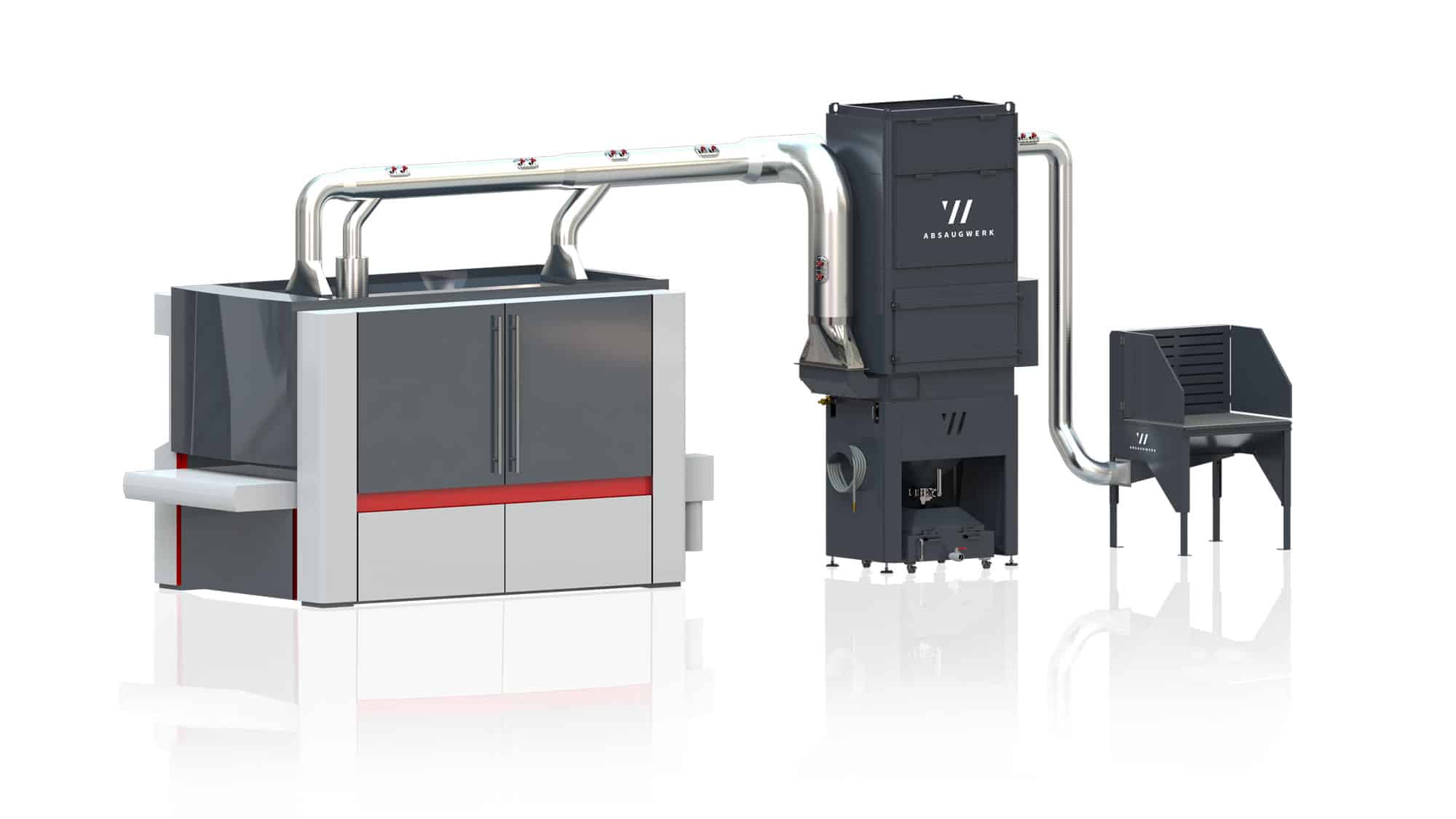
Wet separators are extraction systems that bind dusts and chips in an energy-saving manner in a stream of water and effectively clean the extracted air via several filter stages. Goarser particles already settle in the water and are collected directly in a discharge container. Any fine dust still present is separated via several filter stages. For carcinogenic substances such as stainless steel dusts, the use of additional HEPA H14 filters is recommended.
The cleaned air can then be fed back into the production room or outside. Special ATEX components are required for explosive media to ensure safe operation in hazardous areas.
As a manufacturer for wet separators, we also develop special solutions for special applications and configure our extraction systems specifically to the process of our customers.
%
MORE
EXTRACTION POWER
%
LESS ENERGY COSTS
PER YEAR
%
MORE
FILTER SURFACE
%
LESS WATER CONSUMPTION
PER YEAR
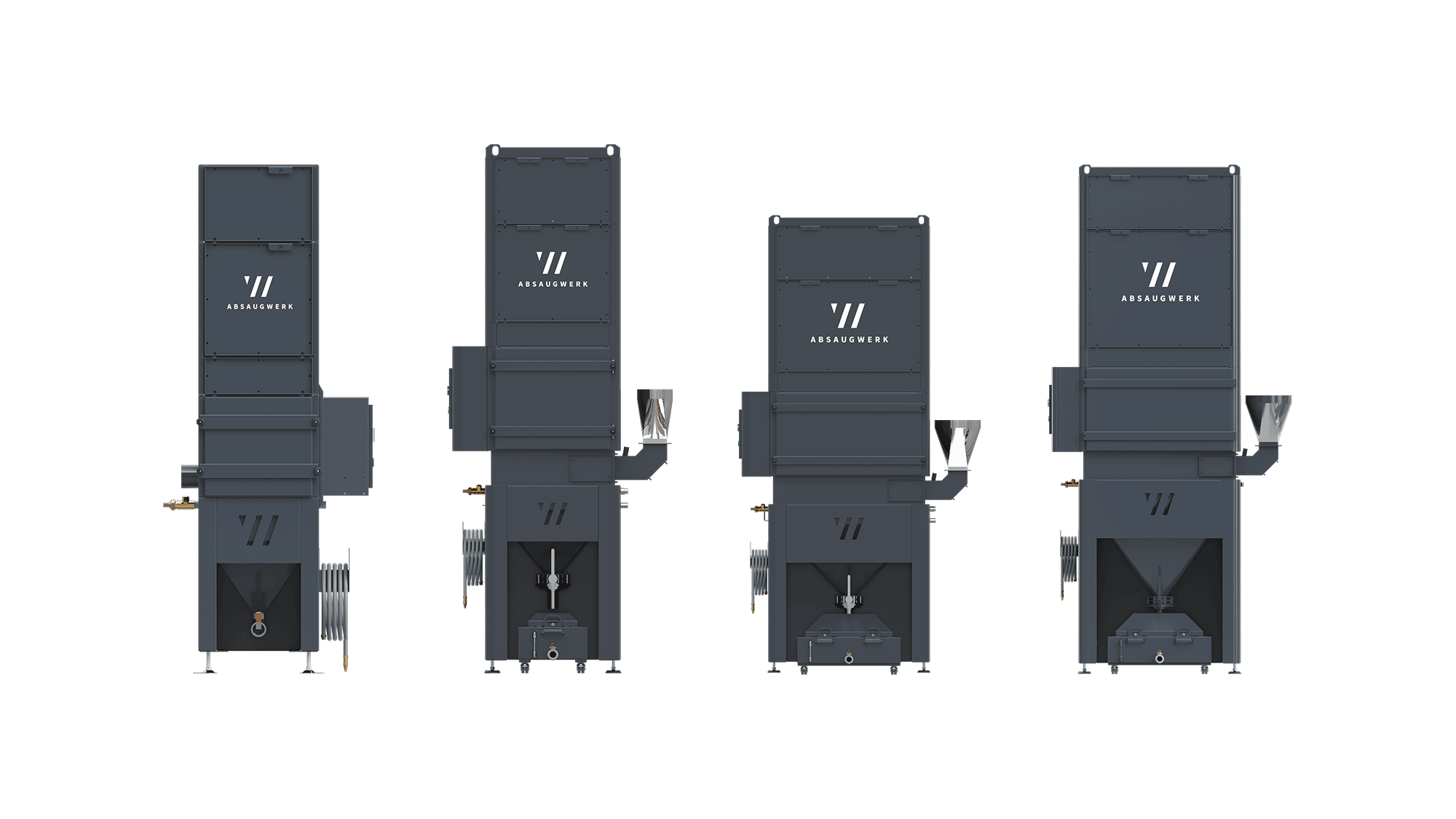
Service videos wet separator
From the safe installation of an extraction system, commissioning to filter change and cleaning. We regularly publish new service and product videos on our YouTube channel to make the use of our extraction systems even more customer-friendly.
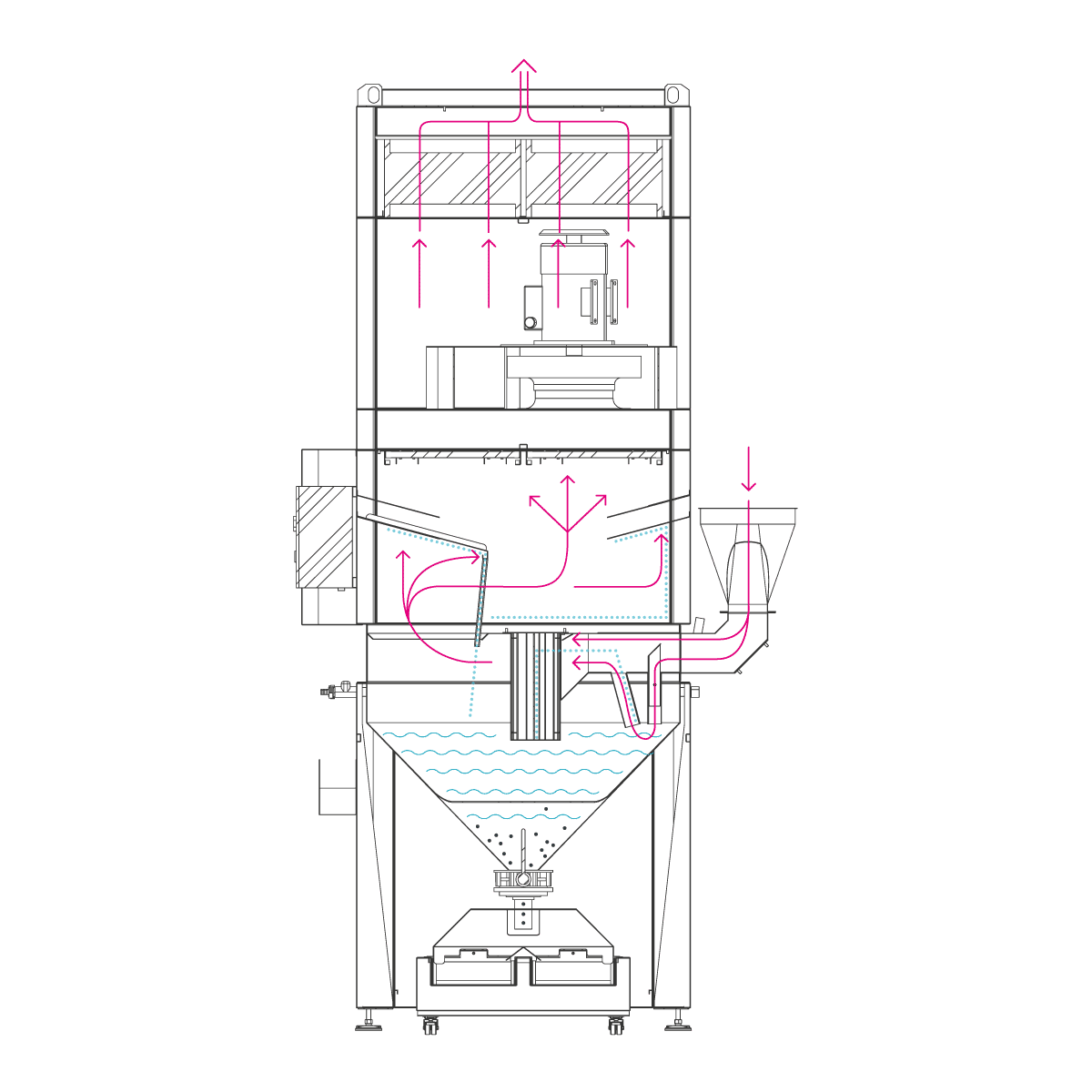
Functionality wet separator
The operating principle of our wet separators is based on a patented flow technology that enables a 50% higher extraction capacity with low energy and water consumption.
The revolutionary multi-chamber system separates dusts with low resistance in water, providing highly efficient protection against fire or deflagration. The residual moisture in the air is separated via several filter stages and a stainless steel droplet separator.
The interior of the wet separator is conveniently accessible for cleaning work via several inspection openings. This saves valuable time during cleaning and maintenance. The innovative technology is also reflected in the design and is unique in the industry.
The cleaned air can then be fed back into the hall (recirculation mode) or outdoors in exhaust mode.
Unit components wet separator
FILTER
- Cleanable stainless-steel metal mesh
- Multiple filter stages for max. separation efficiency
- Robust quality filters
- Long filter service lifetime
CAPTURE
- Extraction arm
- Extraction table
- Extraction hood
- Machine connection
- Individual capturing system
TECHNICAL DATA
- Motor power: 1.1–15 kW
- Fan capacity: 2.350–18.000 m³/h
- Operating time: 24 hours per day
DISCHARGE
- Container (different sizes)
- Pinch valve
- Ball valve
- Sludge container (different sizes)
- Gate valve manual/el./pneumatic
- Continuous discharge systems
- Individual discharge system
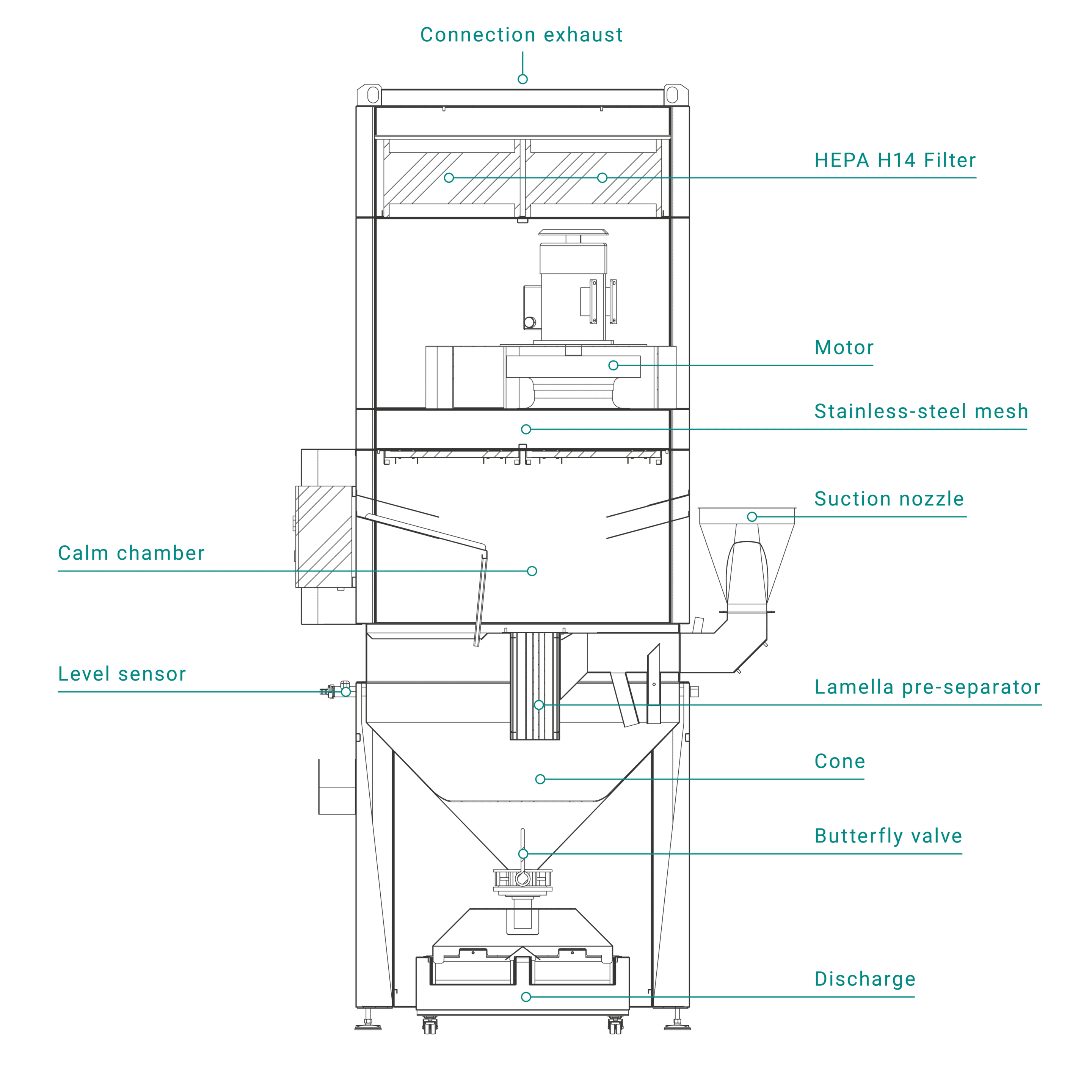
Options & variations

HEPA H14 FILTER
Against carcinogenic substances

ACTIVATED CARBON FILTER
Against gases and odors
EXPLOSION PROTECTION
ATEX execution
Fire protection
Automatic extinguishing system

noise protection
Effective and safe

INTELLIGENT CONTROL
Versatile operating options

unit color & branding
Individual as desired
Wet separator cleaning & care
Depending on the degree of contamination, we recommend weekly cleaning of the wet separators. Regular cleaning of the pipe transition, droplet separator and discharge container prevents the formation of deposits and ensures optimum operation with consistent extraction performance. A clean extraction system also minimizes the risk of explosion and the separation efficiency of the filters is not affected. Cleaning our wet separators requires only gloves and a clean cloth.
Cleaning droplet separator
The droplet separator consists of a specially developed stainless steel mesh. The material is rustproof and can be washed out with a conventional high-pressure cleaner. To keep your employees clean and dry, we have also developed a special cleaning station, the Cleanbox. The droplet separators are simply clamped in place and the dirty water collects in a trough.

ATEX wet separator
In the correct mixing ratio with oxygen and an effective ignition source, flammable and explosive particles in the form of gas, vapor, mist or dust can form an explosive atmosphere. If a fire or explosion develops, people can be injured, buildings and unit components destroyed and other flammable substances ignited.
For extraction systems such as dedusters, wet separators or welding fume filters, the so-called ATEX directives (ATmosphères EXplosibles) therefore apply to explosive atmospheres in which flammable substances, such as e.g. aluminum can be processed industrially.
As a manufacturer for ATEX wet separators, safe operation and protection of your employees is a top priority. Therefore, the ATEX wet separators from ABSAUGWERK are designed according to the primary explosion protection principle and have special ATEX components installed.
ATEX measures
- Air speed in the pipe min. > > 20 m/s
- Negative pressure and volume flow monitoring
- Motor according to ATEX Zone 22
- Construction free of ignition sources and conductive
- No ex-zones during operation
- All electrical components installed ATEX-compliant
- Electrical cabinet outside the system
Environmental protection & sustainability
When we developed our wet separator series, our goal was: to achieve the highest extraction performance in the industry with minimal energy and water consumption. The principle of our customized extraction systems is based on individual configuration. We develop individual solutions specifically for your application through different captures, performance sizes and discharge systems. This enables us to supply economical, energy-saving, state-of-the-art extraction units.
For the green industry of today and tomorrow.
High-quality workmanship
for a long service life
Lower energy costs
per year
Certified
HEPA H14 filter
Summer/winter changeover
through intelligent control
Reduced heating costs
due to cross heat exchanger
Water savings
up to 7,200 L/year
No expensive
EX protection components
Automatic regulation
of the air flow rate
References wet separator
Our customized extraction systems are used in a wide variety of industries. Wet separators are particularly suitable for the separation of sticky, moist or combustible particles, which arise during work such as grinding or polishing. Unlike dry separators, wet separators use water as the main filter medium. The purified air can be fed back into the hall as exhaust air outside or in recirculation mode. The discharge can be collected in a container, via a pinch valve or other discharge systems according to customer requirements. All wet separators are also available as ATEX guidelines for explosive dust particles.
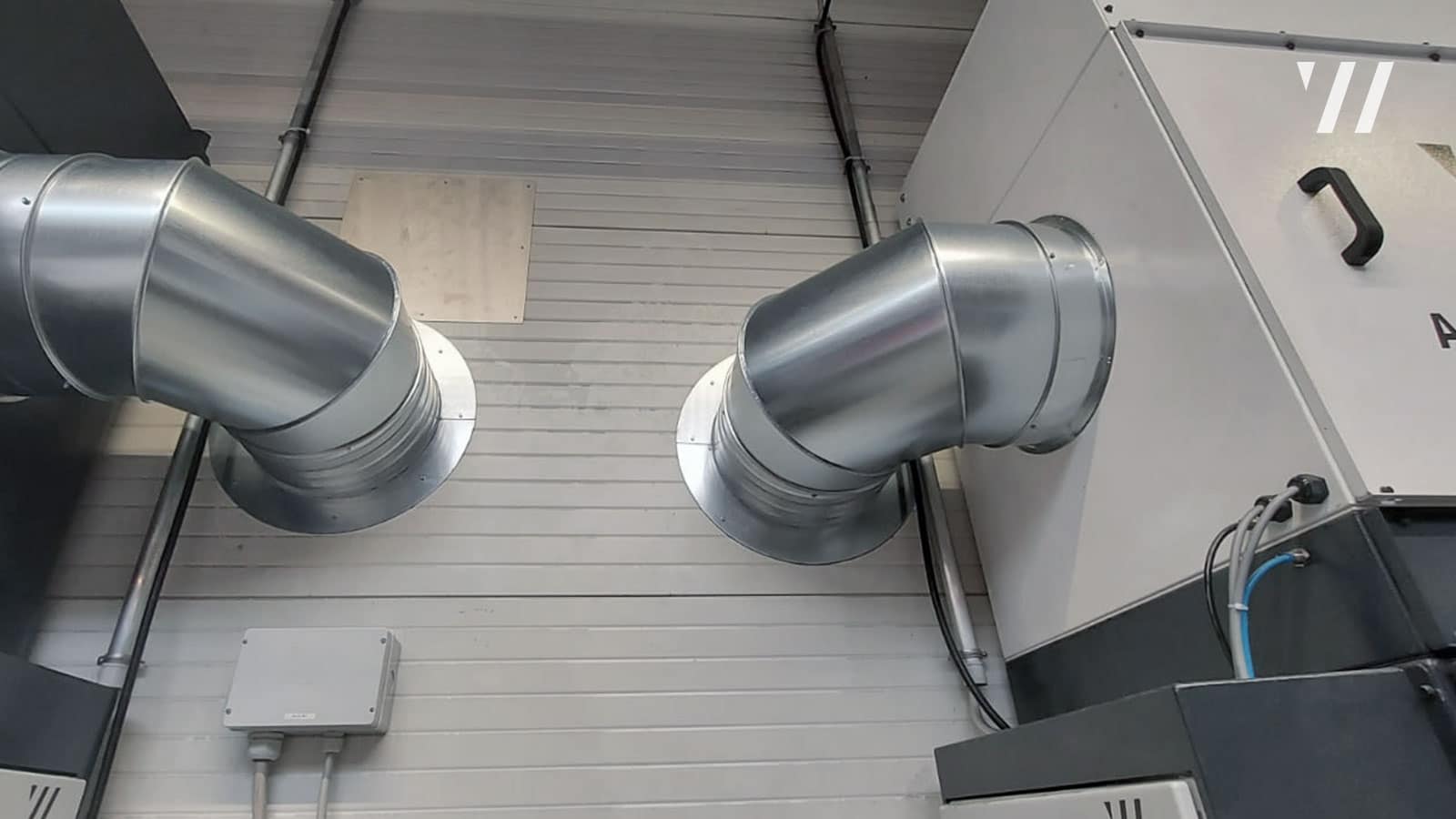
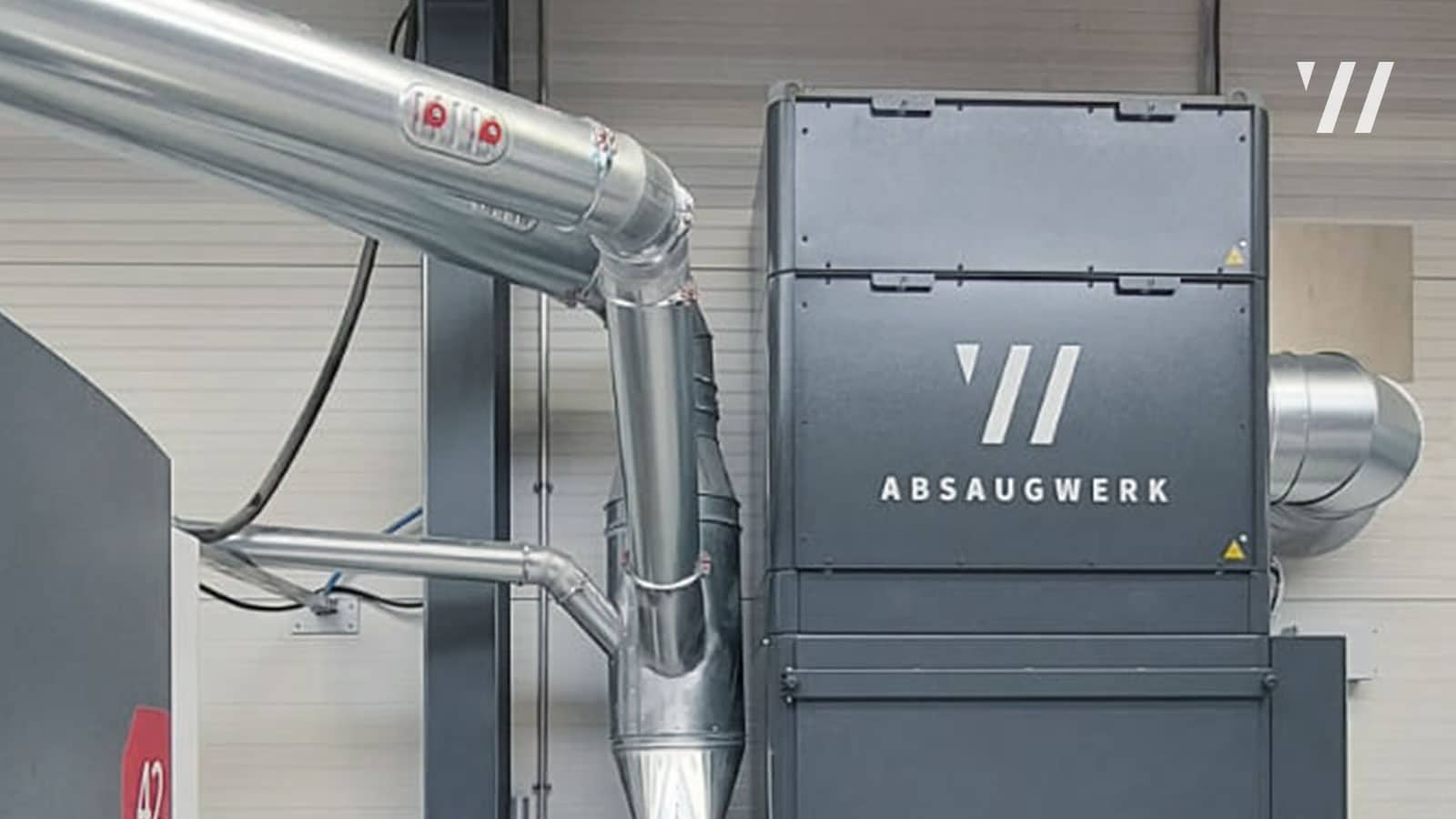
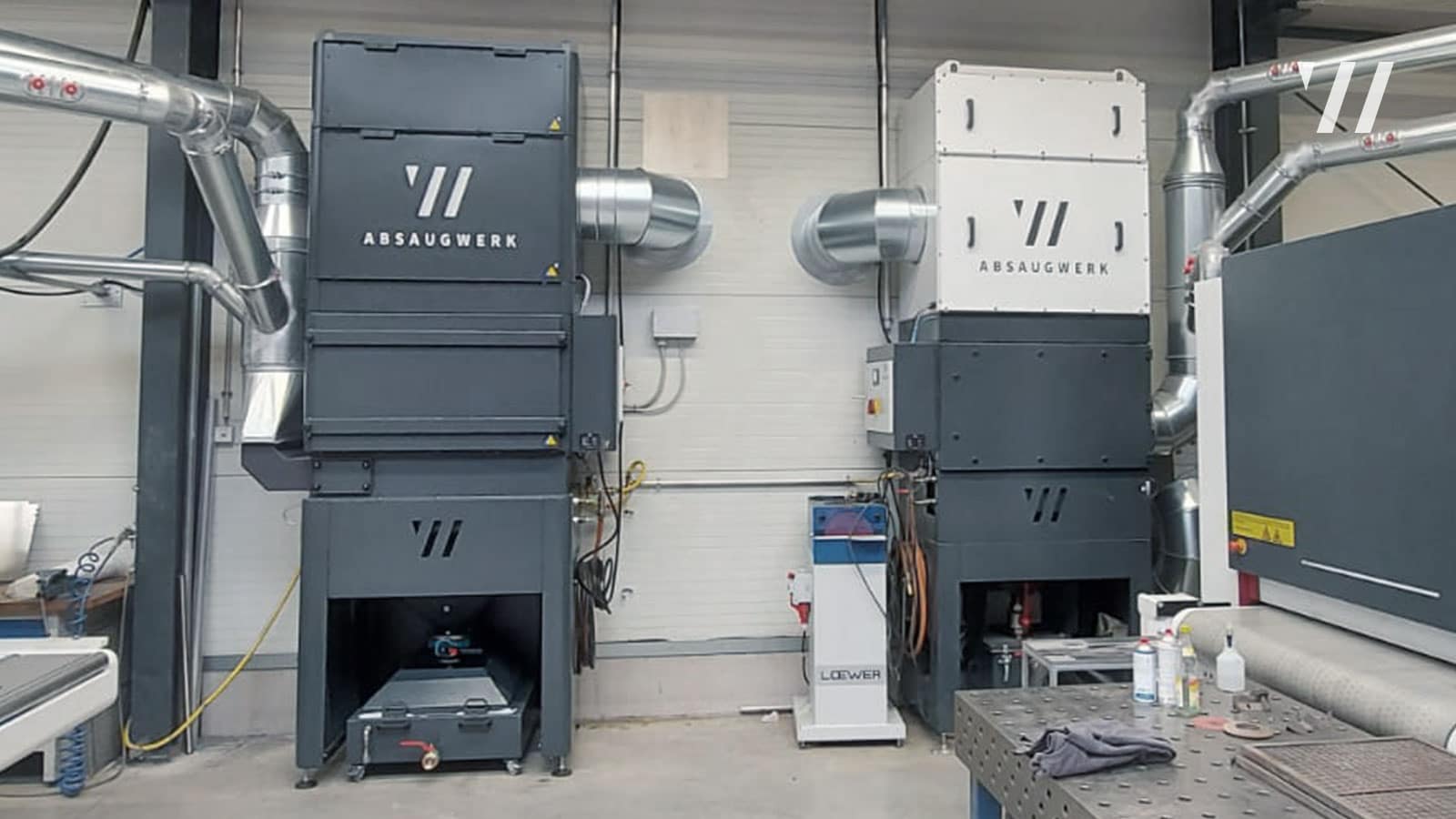



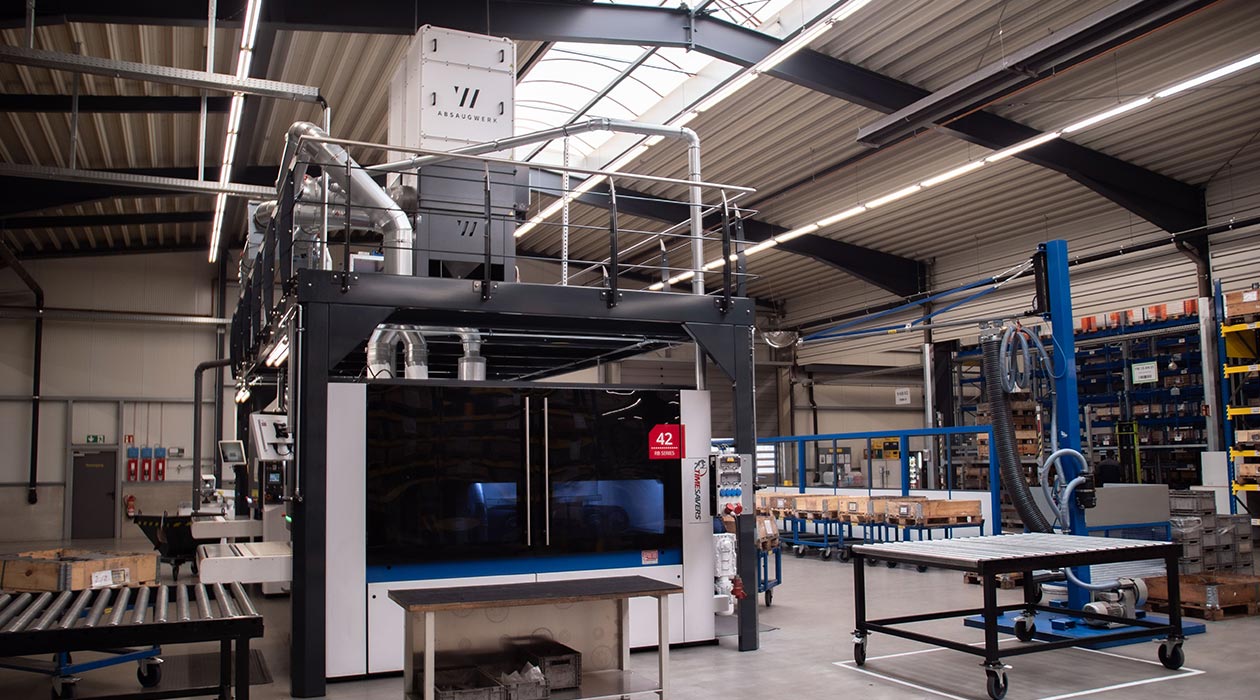
Quadrus Metal Engineering
»ABSAUGWERK is characterized by very high extraction rates and good service performance. That is why we decided to use this extraction system.«
FAQs
We are happy to help!
We provide you with comprehensive technical expertise for the planning and consultation of your wet separator. We work together to develop customized solutions and will be happy to provide you with an individual offer.

